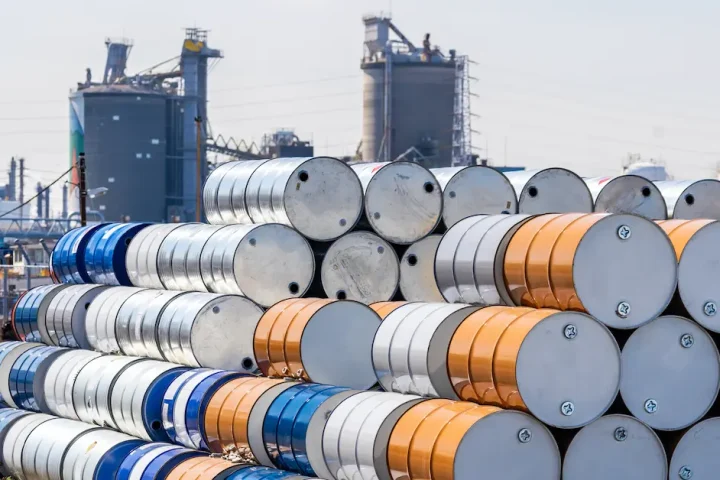.
Marcuard's Market update by GaveKal Dragonomics
At a record 7.8% of gross domestic product, Germany is running the largest current account surplus in the world. To put that into perspective, in absolute terms Germany’s surplus over the last 12 months amounts to €218 bln. In contrast, China’s current account surplus last year was a relatively modest €161 bln.
With the European Central Bank’s printing presses operating at full steam and depressing the euro’s exchange rate, Germany’s current account balance is acting as a powerful deflationary force for the world beyond the eurozone. But it also adds to the disinflationary forces at work in the rest of the single currency area, exacerbating the economic struggles of the eurozone’s southern periphery.
In the short term, the German surplus is likely to get even bigger, as euro weakness sharpens the competitive edge of Germany’s exporters while boosting the country’s net income from foreign investments. In the longer run, however, shifting dynamics in Germany’s domestic economy should drive a contraction of the current account surplus, assisting a long-awaited internal rebalancing of the eurozone’s economy.
The causes of Germany’s record current account surplus are clear enough. The Finance Ministry’s hardline fiscal rectitude has restricted government spending, while German consumers have reacted to uncertain economic times by keeping their wallets firmly in their pockets. That has depressed demand, which in turn has deterred German companies from investing. The upshot has been high savings rates across the economy, and a fat surplus which has only been widened further by cheap oil imports and a weaker euro. Unfortunately, while many at home regard the surplus as a sign of virtue, Germany’s weak demand—and the resulting disinflation—has only made life more difficult for the crisis-struck countries of Southern Europe as they strive to close the competitive gap with their northern neighbour.
Happily, it now looks as if things are changing.
With the ILO standard unemployment rate at a post-reunification low of 4.7%, German wages are edging higher both in nominal and real terms, helped by a new minimum wage introduced at the beginning of the year. As a result, consumer confidence has recovered, and both individual spending and lending to households are on the increase as demand picks up.
Longer term trends will also support stronger spending as more of the post-war generation retire, drawing down their savings to fund consumption.
Ultra-low—even negative—interest rates and recovering demand should encourage corporations to save less and invest more. Lending to the private sector is now growing at the fastest pace in ten years, albeit from a low base.
The government has announced a beefed up programme of infrastructure investment this year, as higher tax revenues and low government bond yields give the Finance Ministry elbow room to increase spending without damaging the budget balance.
Stronger demand, weaker saving, and greater investment all imply a narrowing of the German current account surplus, which is encouraging news for Southern Europe.
Against the backdrop of a weak euro, rising consumer demand in Germany will disproportionately benefit exporters elsewhere in the eurozone over those in the rest of the world. And as the one-off deflationary impact of the recent oil price collapse runs off, stronger demand could lead to a pick-up in German inflation relative to the rest of the eurozone—a key step on the long road towards narrowing the competitiveness gap and correcting the long-standing imbalances within the eurozone economy.







